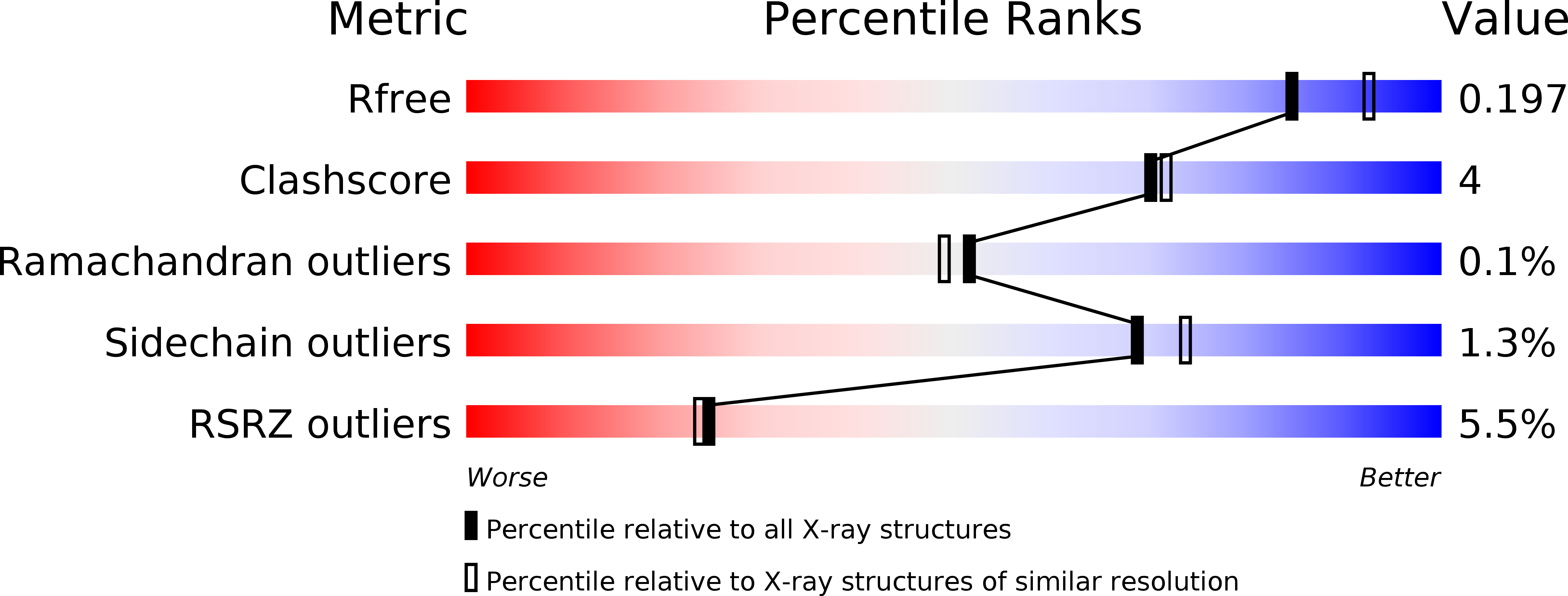
Deposition Date
2013-07-09
Release Date
2013-08-28
Last Version Date
2024-10-09
Entry Detail
PDB ID:
4LLO
Keywords:
Title:
Structure of the eag domain-CNBHD complex of the mouse EAG1 channel
Biological Source:
Source Organism:
Mus musculus (Taxon ID: 10090)
Host Organism:
Method Details:
Experimental Method:
Resolution:
2.00 Å
R-Value Free:
0.19
R-Value Work:
0.16
R-Value Observed:
0.16
Space Group:
P 65


